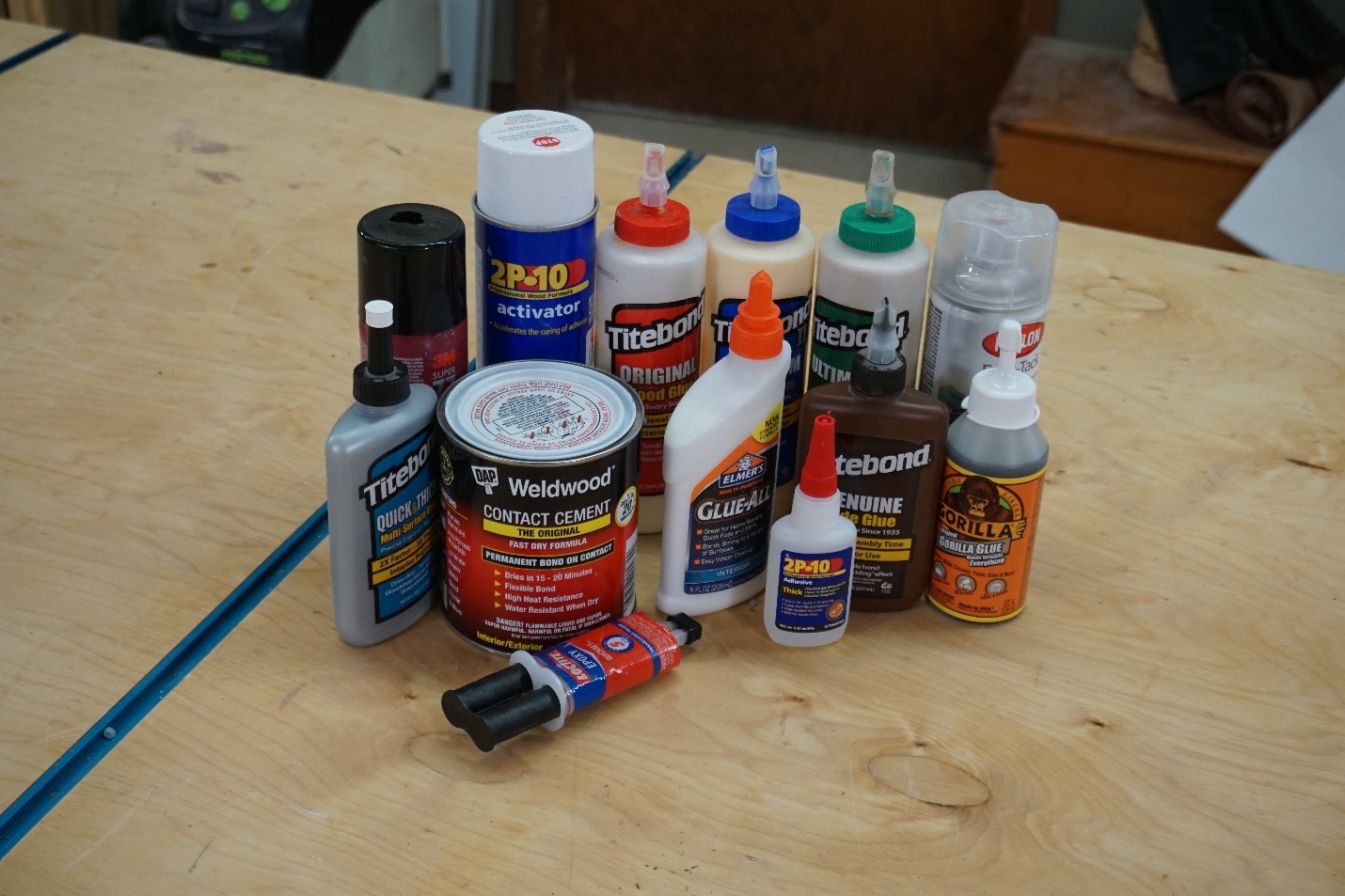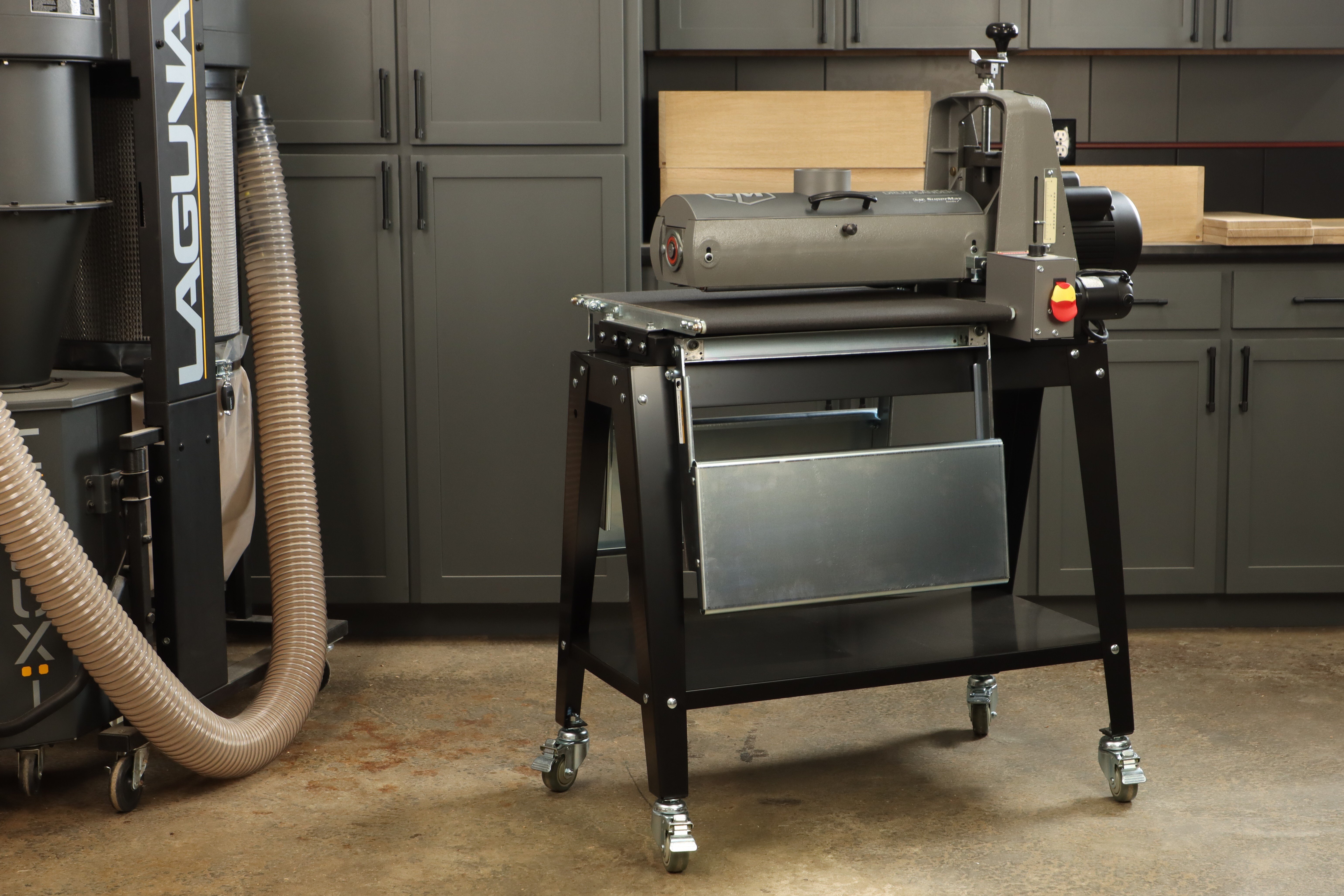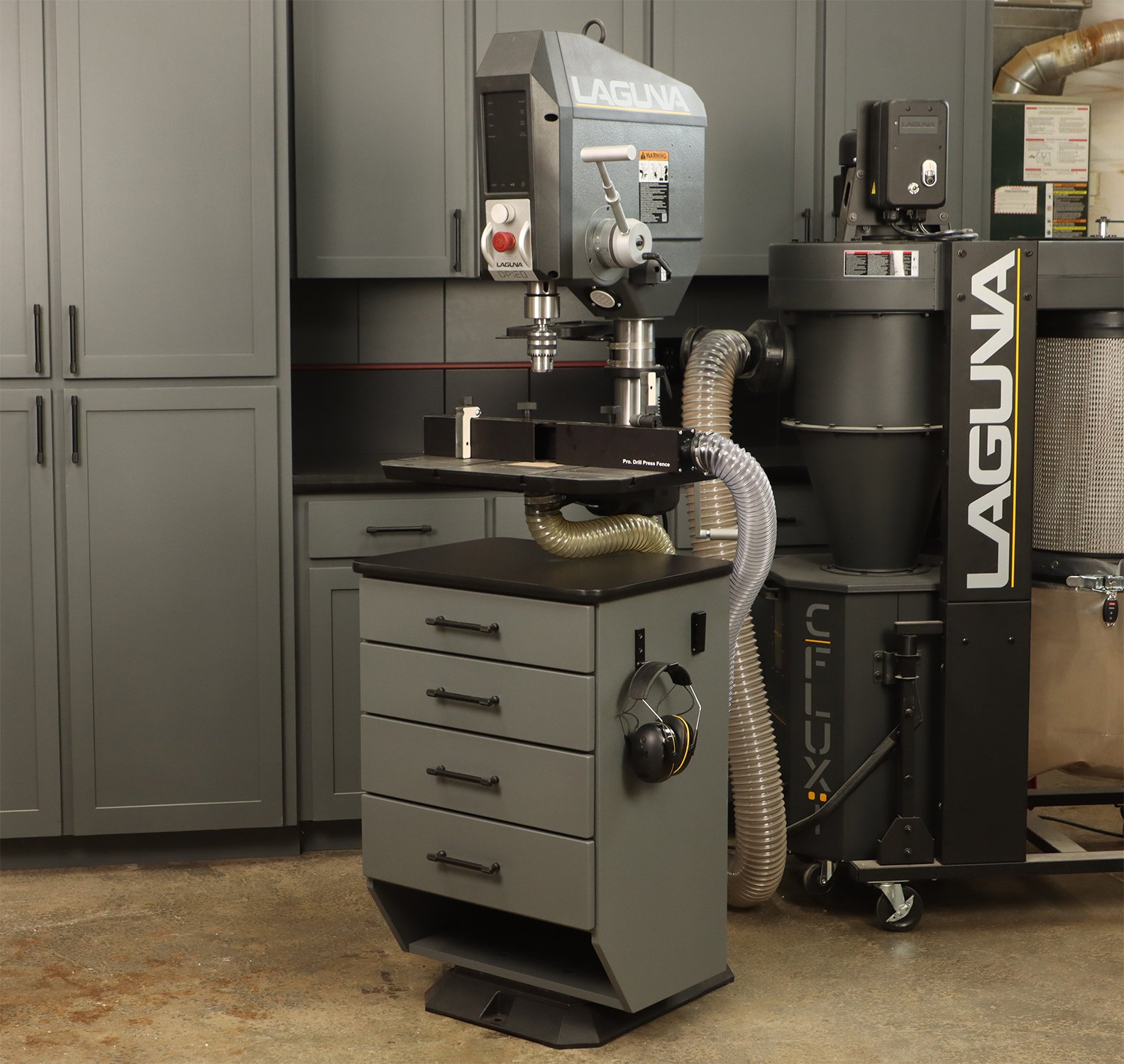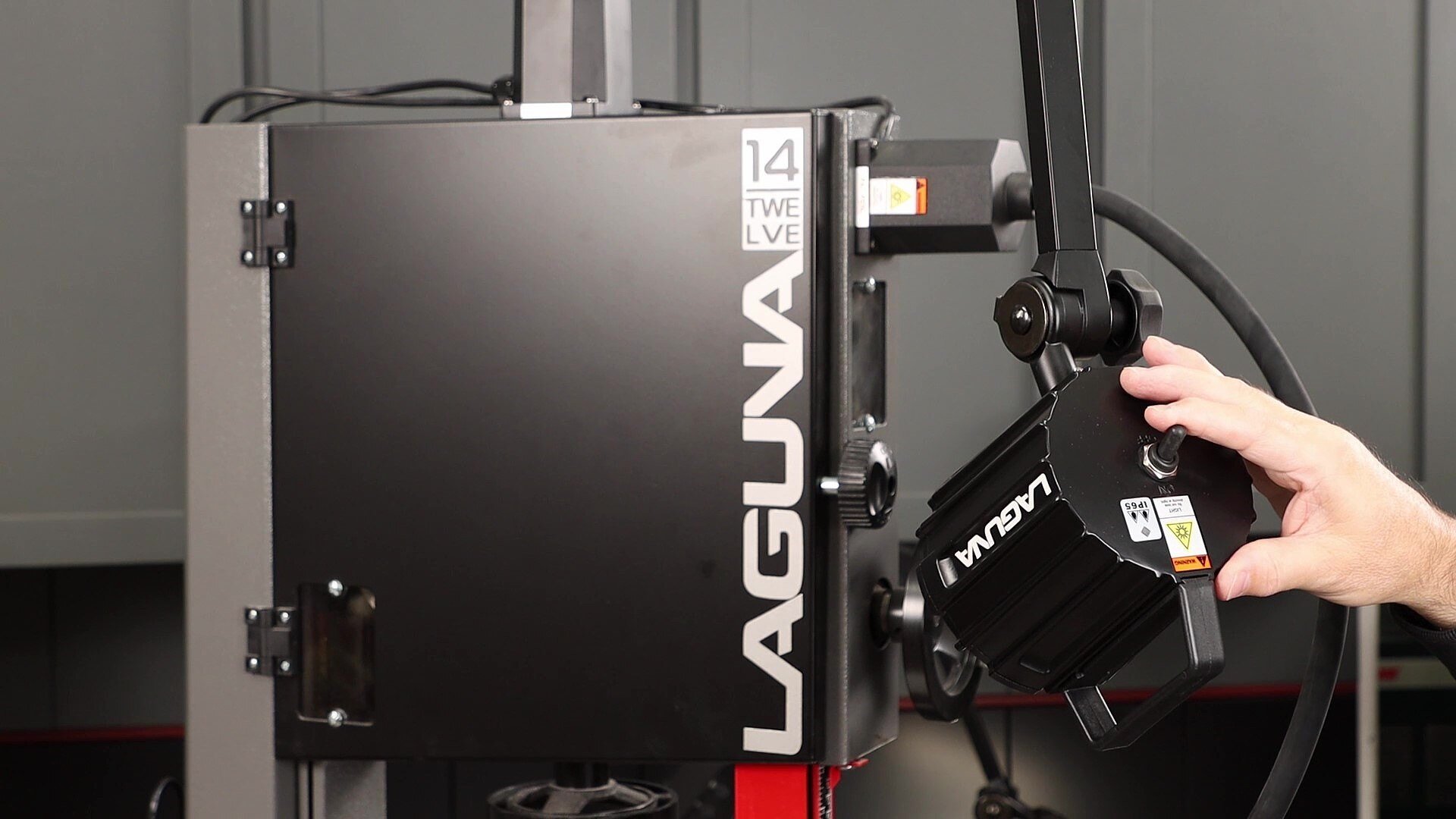There are LOTS of glues in the marketplace today. Like choosing the right tool for the jobs in your shop, you need to make sure you’re choosing the right glue for your woodworking projects. Let’s have a look at common adhesives.

When you’re building things that will be inside, not outdoor, projects standard yellow glue will serve you well. It’s relatively inexpensive, and easy to work with.

When you have good joinery and apply the right amount of glue…..

…the joint is stronger than the surrounding wood. There’s a glue joint in the middle of this board. When the board was cracked over the edge of a vise the adjacent wood broke, not the glue joint.

White glue, what we might also call school glue, also has a place in your shop. It has a longer tack time than yellow glue. What’s the advantage? Longer working time to assemble complex projects. Once it’s cured it has the same strength as yellow glue. A downside to white glue is that it can be a little gummy, even when it’s fully dry. So, if you’re sanding over it the glue squeeze out can gum your sandpaper pretty quickly. Yellow glue is much more sandable than white glue, so is a better choice for tasks like edge-to-edge glue ups where you know you’ll be sanding over the glue joint.

Adhesives like Titebond II or Titebond III are your best choice for outdoor projects. Titebond II is water resistant, III is waterproof. Titebond II is great for outdoor furniture, where it’ll be damp every once in a while. III is the best choice for planters where there’s a more constant exposure to moisture. Titebond III is also food safe, so a great choice for cutting boards. There’s nothing wrong with defaulting to III for all of your outdoor projects.

Hide glue has a very long open time, so it’s another good choice for complex glue ups. It’s also reversible, even after it’s cured. A little heat and steam will readily disassemble items put together with hide glue. Historically hide glue was used to adhere veneer to surfaces so if the veneer was ever damaged it could easily be replaced. It’s still used for musical instruments like guitars for the same reason. If the instrument ever needs a repair, it can be taken apart.

Polyurethane glue needs moisture to cure. That makes it a good choice for assembling wet woods like pressure treated lumber. If you’re using it on kiln dried wood you’ll probably have to spritz water on the joint in order for the glue to grab.

Polyurethane glue is excellent at bonding dissimilar materials. This is a piece of solid surface countertop (Corian) used as an inlay in a piece of maple. A light mist of water had to be added to the joint for the glue to bond.

A downside to polyurethane glue is that it foams out of the joint. Don’t try to wipe the foam off while it’s wet. Instead, let it completely cure and then cut it off with a sharp chisel.

When glue is being applied to a vertical surface, like fastening molding to a cabinet, it can have a tendency to run and make a mess. Extra thick glues help avoid that problem.

With the same amount of yellow glue, left, and thick glue, right, on a vertical board you can see the viscosity difference. No runs, no drips, no errors. :)

Two-part epoxy offers the benefit of being gap filling. Conventional wood glues generally only fill a gap of about .003”. Epoxy can do way more than that. It’s also another great product for bonding dissimilar materials. If you use two-part epoxy a lot (like I do) you’re better off buying it in small bottles instead of the syringe.

Contact cement is most commonly used to hold plastic laminate to the core of a countertop. On a small scale you can use it in an aerosol can. On a large scale it can be brushed or rolled. If you’re using solvent-based contact adhesive you must be extremely cautious about its flammability. Read the directions. Contact cement is also available in a less flammable water-based formula.

Looking for a way to fasten paper templates to your work so you can cut parts out? Spray adhesive is a great choice for that task. This product is MUCH easier to use than spray contact cement and allows you to reposition things if need be, something you can’t do with contact cement.

CA (cyanoacrylate) glue is wonderful for small and quick repairs. It dries VERY fast, even faster when you use the glue with its accelerator. It’s gap filling and clear. Many bowl turners use CA glue for small on-the-fly repairs on their bowls.
As you’re working through your projects take the time to think through the best glue (or glues) for the job, and your projects will stand up to the test of time.




